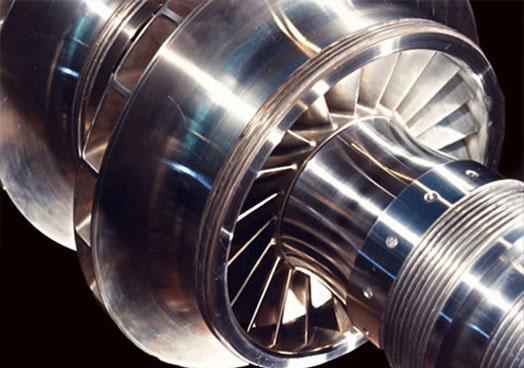BRAZING

What is Brazing:
Brazing is the joining of metals through the use of heat and a filler metal – one whose melting temperature is above 840°F(450°C) but below the melting point of the metals being joined. It is distributed between two or more close-fitting parts by capillary action. At its liquid temperature, the molten filler metal interacts with a thin layer of the base metal, cooling to form an exceptionally strong, sealed joint due to grain structure interaction. The brazed joint becomes a sandwich of different layers, each metallurgically linked to each other.
Good fit and proper clearances
THE IMPORTANCE OF CORRECT PROCEDURES
Brazing, as we’ve seen, uses the principle of capillary action to distribute the molten filler metal between the surfaces of the base metals. Therefore, during the brazing operation, you should take care to maintain a clearance between the base metals to allow capillary action to work most effectively. This means, in almost all cases – a close clearance. The following chart is a general guide.
If the gap is wider than necessary, the strength of the joint will be reduced almost to that of the filler metal itself. Also, capillary action is reduced, so the filler metal may fail to fill the joint completely – again lowering joint strength.
Remember, brazed joints are made at brazing temperatures, not at room temperature. So you must take into account the “coefficient of thermal expansion” of the metals being joined. This is particularly true when dissimilar metals are being joined.
|
BAISi group
|
0.000-0.002 Vacuum Furnace Brazing
|
|
BAg group
|
0.002-0.005 Flux Brazing
|
|
|
0.000-0.002 Vacuum Brazing
|
|
BAu group
|
0.002-0.005 Flux Brazing
|
|
|
0.000-0.002 Vacuum Brazing
|
|
BCu group
|
0.000-0.002 Vacuum Brazing
|
|
BNi group
|
0.000-0.002 Vacuum Brazing
|